A Piazza for the People in Little Italy
“The people,” meaning those who are similar to and different from us, are the focus of this corner in Manhattan. During the feast of San Gennaro, near the Basilica of St. Patrick’s Old Cathedral will be designated “Via del Popolo,” or “Way of the People.”
Thanks to a project organized by parish priest Msgr. Donald Sakano, in collaboration with NYU’s Tisch School of the Arts, Aurora Vitrum Design, The New Museum, and the Two Bridges Neighborhood Council, the Basilica of St. Patrick’s Old Cathedral becomes the center of the sacred and the religious, a common reflection, an impression that refers back to ourselves and those around us.
“You shall love your neighbor as yourself,” is one of Moses’s commandments. The commandment best informs this project which embodies the intensity for and commitment to a project born to serve the community and visitors.
Until September 23, there will be no advertising posters affixed to the walls surrounding the basilica; beautiful and captivating photographs have been installed in their place.
Huge photographs of people, men, women, girls, boys, young, elderly, whites, blacks... People of different ethnicities, backgrounds, very different from each other, but united in their history, in their humanity.
The photos, which seem to elicit the most surprises, could also be mistaken for advertisements, but this time no products are promoted. The viewer’s attention is on the subjects who are ordinary people like us.
Life-size bodies seem to become animated and interact with the viewer, and often visitors photograph them or pose next to them. It’s entertaining to watch them assume different positions: friendly, affectionate, often playful. I myself could not resist this strange interaction with the photographs.
There is a sense that we have always known the people represented in the photos. You discover a subjective dimension where you see yourself reflected in a stranger’s portrait. “Self as the other,” you could say.
The photographer who curated this exhibit, Alex Arbuckle, deftly succeeded in bringing to the walls surrounding the basilica – through an authentic process of recognition – the pride of the history, intended as history, specifically personal history. His portraits of everyday people tell the story of the basilica today, outside of and inside itself.
One is reminded of a quote from John Paul II: “The more human beings understand reality and the world, the more they understand themselves in their own uniqueness.”
Surrounded by young members of different ethnic groups in his parish, from the start Msgr. Sakano made clear what he wanted even if the scope of the project seemed difficult to comprehend.
He had a seemingly simple notion with complex implications. He wanted a way to bring the concept of an open street or piazza to the people, for the people. It would be a return to the feast’s origins, its roots, a renewal of traditions past and present.
“We wanted,” Msgr. Sakano told me, “to emphasize a positive relationship with the community surrounding the church using the physical structure of the church itself. The street, the walls, the surrounding buildings. The aim was to bring ethnic culture, art, and spirituality into play, but also the small scale entrepreneurship in the neighborhood.”
The project was a collaborative effort with students from Tisch School of the Arts was essential. It also gained the support of the Two Bridges Neighborhood Council represented by Victor Papa, who on the day of the opening, perhaps more than anyone else, allowed his emotion to show through after seeing the project materialize.
And so the concept of a piazza, a common meeting place, was born. It’s an area closed to traffic where people can come together, get to know the people in the photos and each other. The world renowned actor Alec Baldwin was also heavily involved in the project. He wanted to include his own image of New York City through this initiative. Present at the opening of the exhibit along with Msgr. Sakano, Baldwin followed along by walking the entire periphery of the church marked by photographs and commenting on some of the people represented. Needless to say, Baldwin attracted a lot of attention from the public.
Baldwin, a friendly and engaging presence in the neighborhood, told me that he immediately wanted to support the project as soon as he realized that it coincided with the date of his wedding, which he celebrated last June right there in St. Patrick’s Old Cathedral.
The actor, among the other actors in Woody Allen’s latest film To Rome with Love, is very familiar with Italy and emphasized how this project is also important for New York City from an architectural point of view. He noted the European flavor of the city and urged the need to promote a lifestyle that is more humane and community-oriented within the larger city.
Msgr. Sakano, a Japanese-American priest, carries out the church’s mission within a very specific context. His church serves different and varied communities that are increasingly complementary. The old Italian-American Little Italy that is ever fading and giving way to a more stereotypical than accurate representation, the presence of a Chinese community that is more integrated into the cultural fabric of the city, and nearby Soho that has expanded and literally taken over traditional Italian-Americans spaces.
In the piazza nestled between Mulberry Street between Houston and Prince, with the area closed to traffic visitors can stop, listen to music, and also peruse books presented by IAWA (the Italian American Writers Association) led by its president Professor Robert Viscusi.
The current feast of San Gennaro in Little Italy with its growing commercial influence bears little resemblance to the traditional feast celebrated years ago. The Piazza del Popolo initiative, even with its secular implications, attempts to bring the feast back to its origins.
When Little Italy was one big piazza, it often saw the intermingling of people who were very different from one another. An array of immigrant individuals and families attempted to reproduce in this faraway place the lives they led elsewhere. These are men and women who gave their story to a city, who contributed to New York City the most beautiful aspect it has to offer: diversity. It is a great asset that unfortunately today’s world still finds it difficult to appreciate, despite the perpetual cycles of migration, movement, and influence.
Msgr. Sakano recounted some of the difficulties he’s had in explaining his project, especially to Americans “who don’t understand the concept of a piazza.”
He has succeeded in making the project a reality, and instead of just imagining it you can see it for yourself. It’s located on the two streets at the corner of his parish, and it seems like a miracle – a small miracle from San Gennaro.
----
Translated by Giulia Prestia
More pics of Via del Popolo on Facebook Italy Page >>>Want ot know more? Read i-Italy Special Issue: "Via del Popolo in Mulberry"
ITALIAN VERSION >>>






























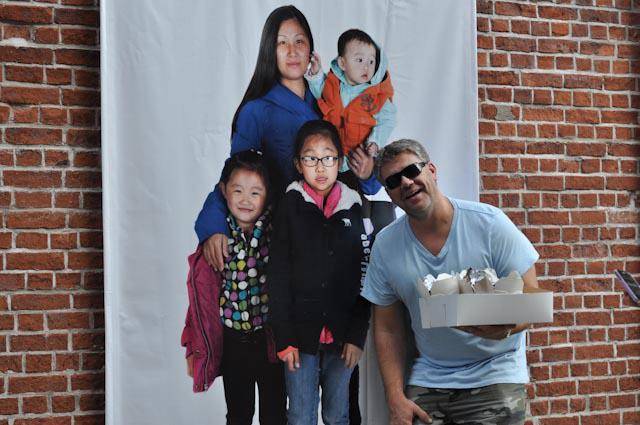

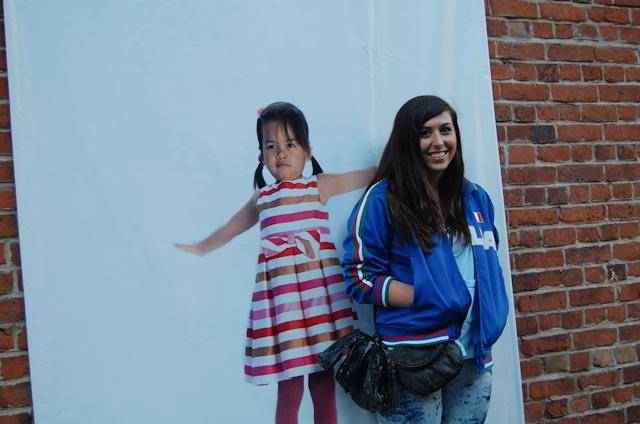






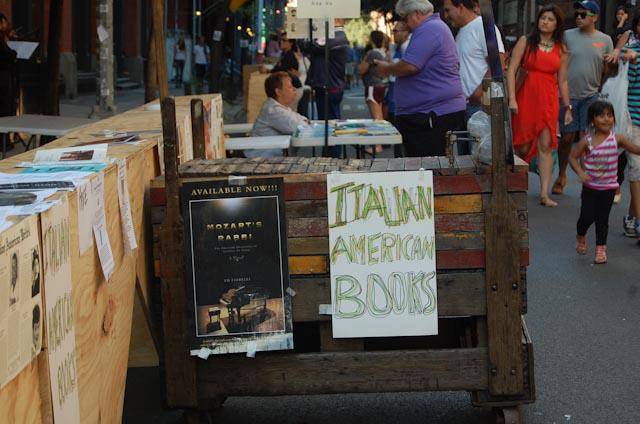


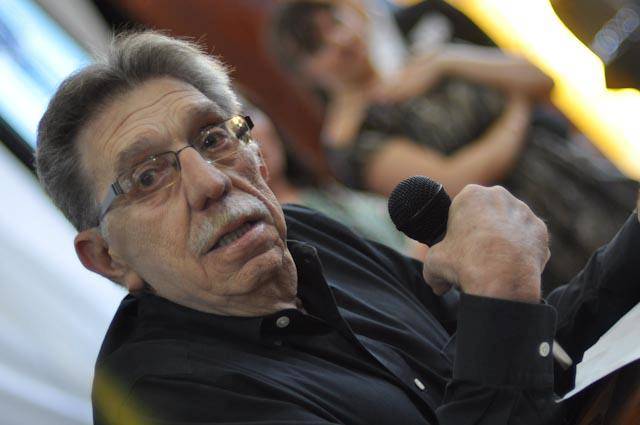
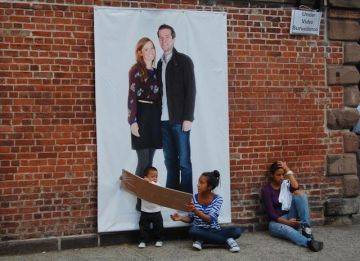






i-Italy
Facebook
Google+
This work may not be reproduced, in whole or in part, without prior written permission.
Questo lavoro non può essere riprodotto, in tutto o in parte, senza permesso scritto.